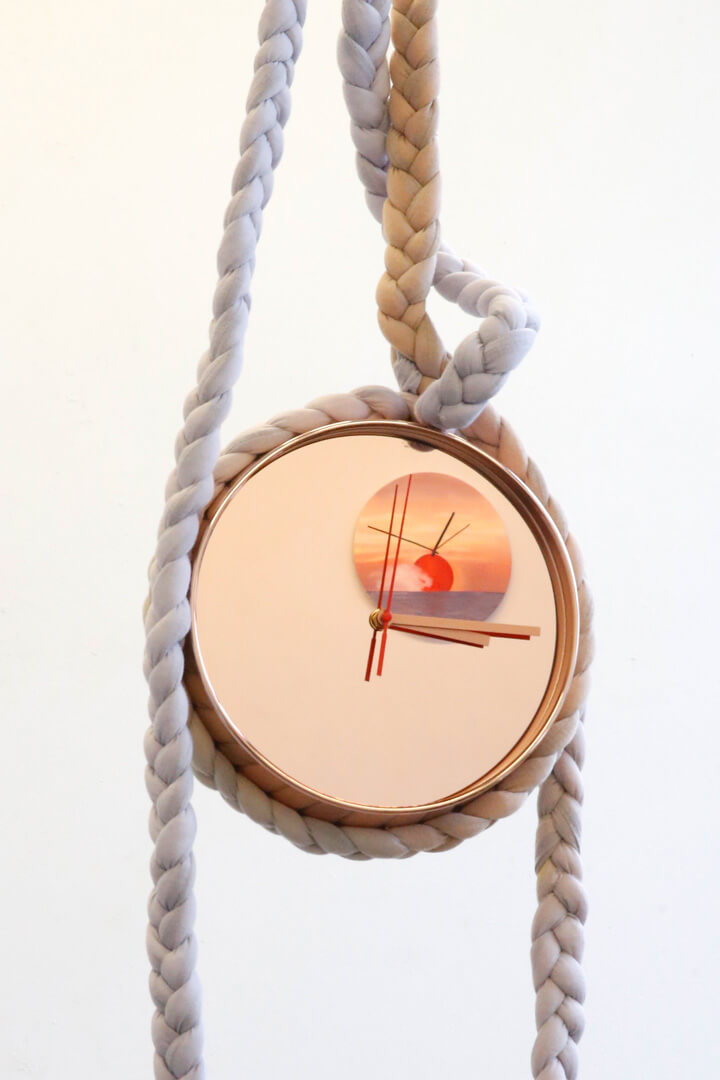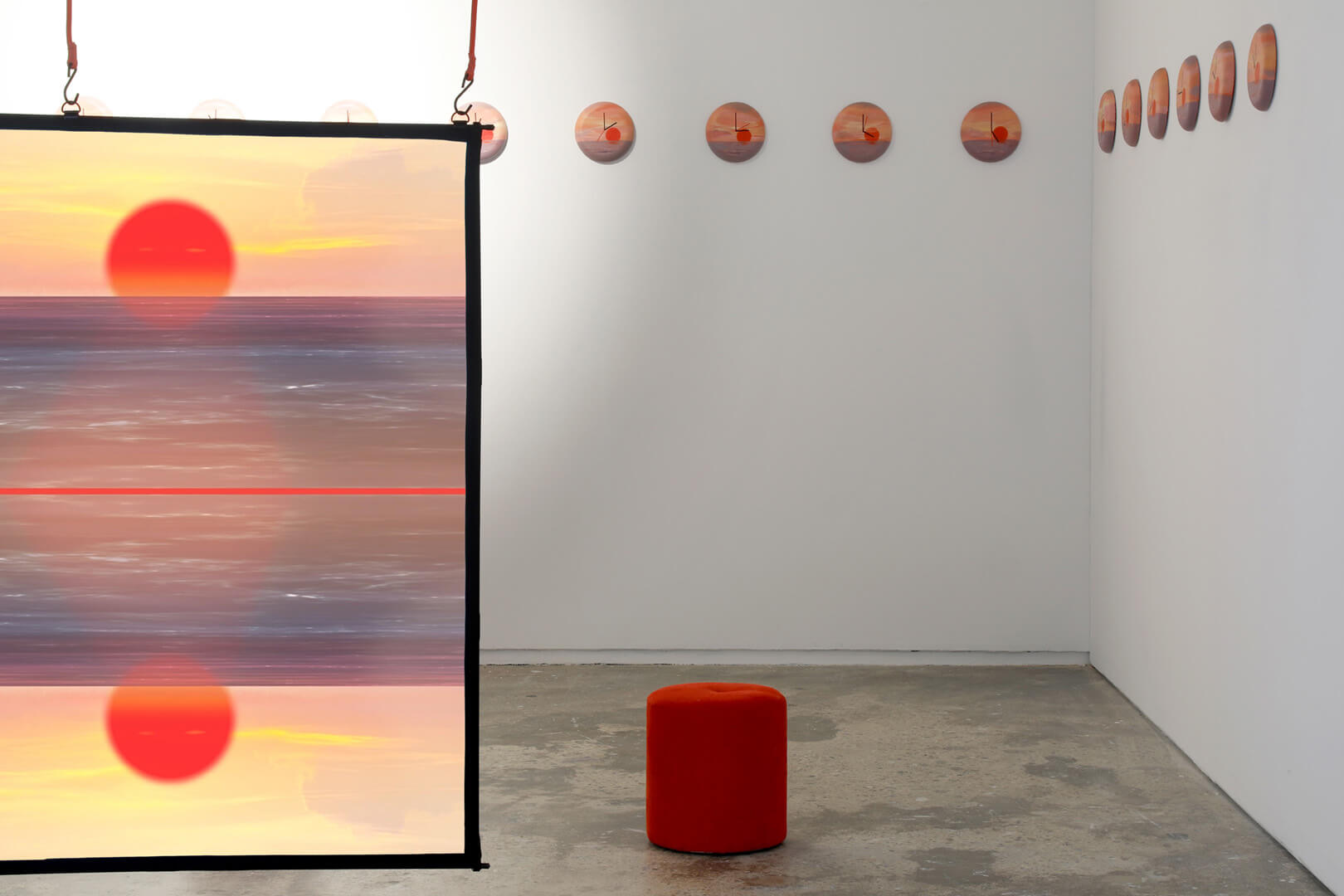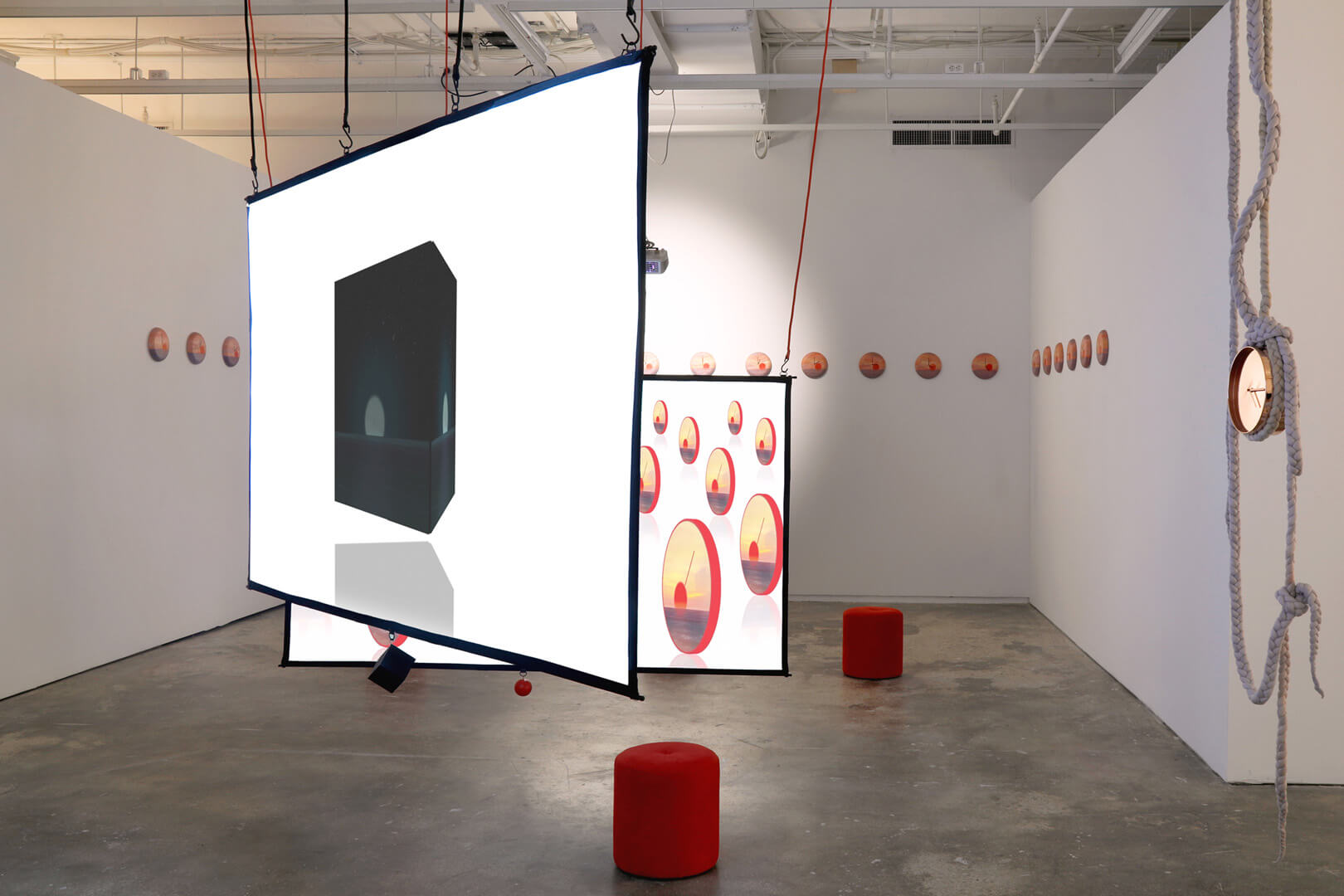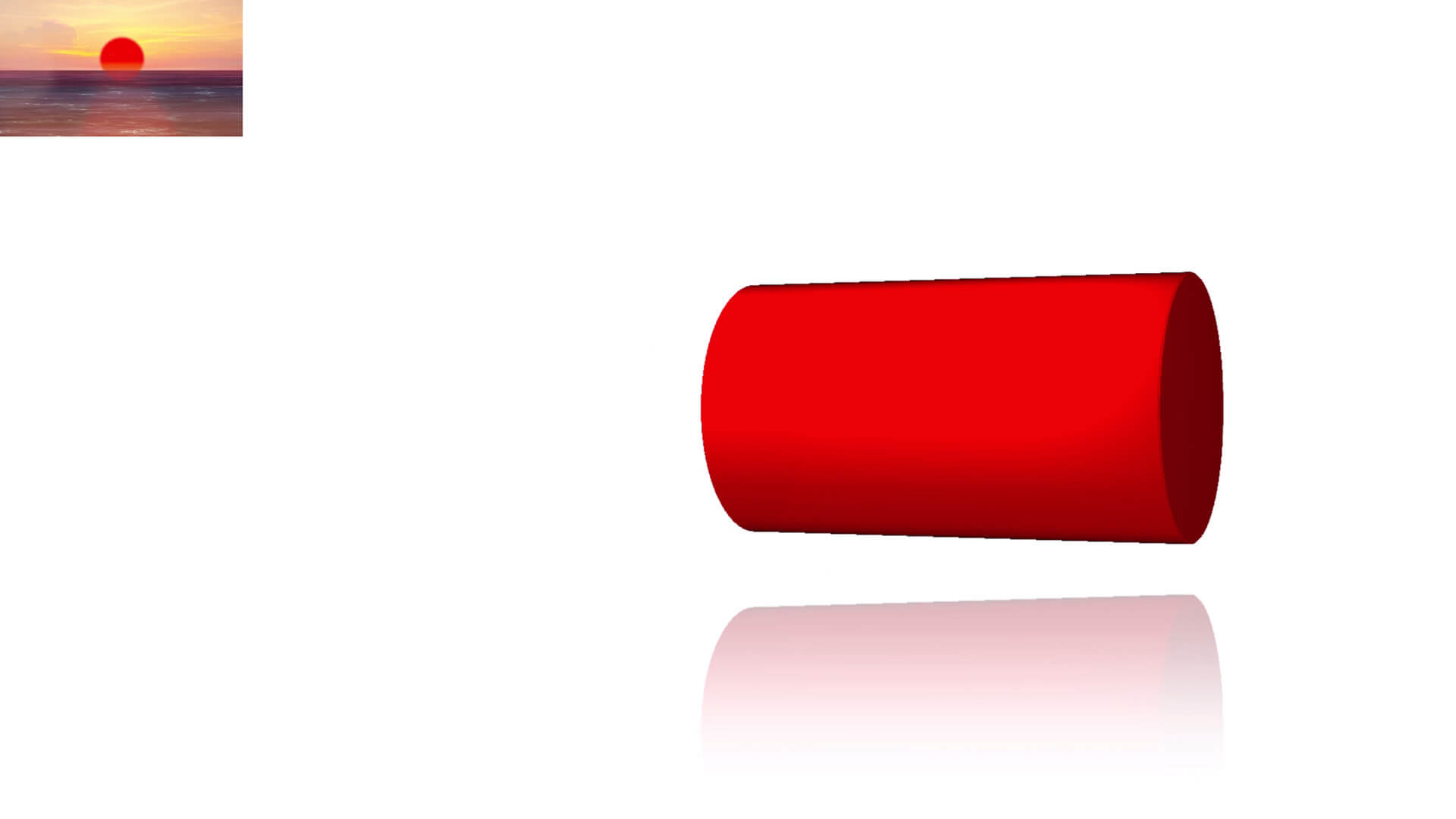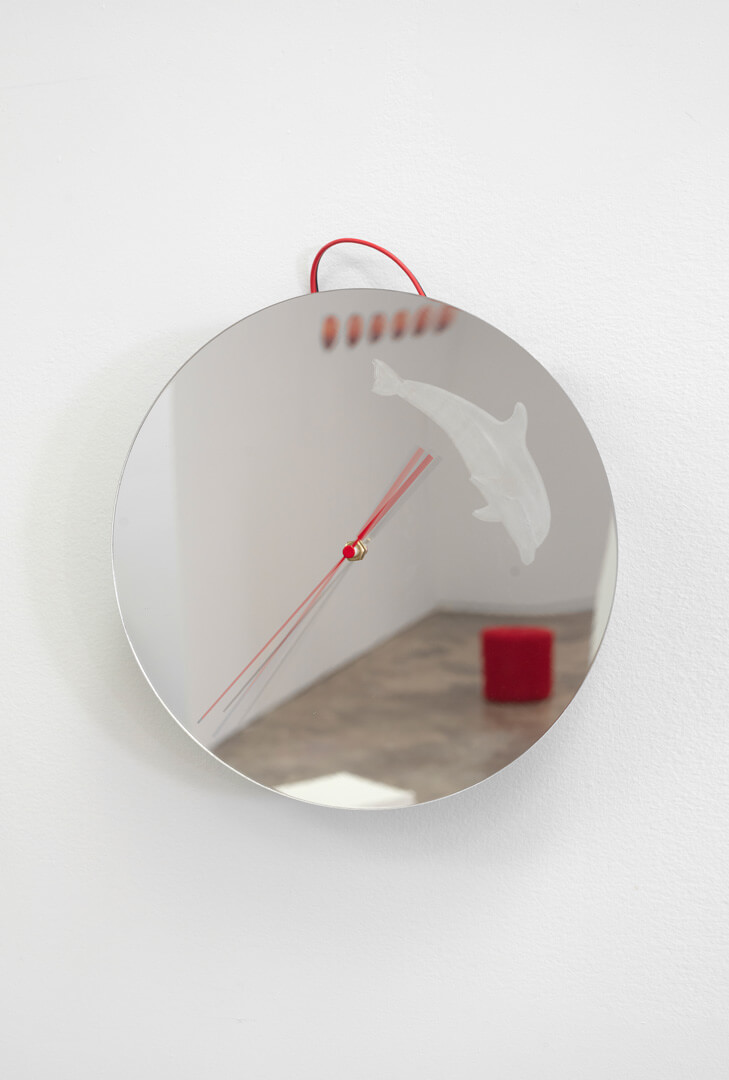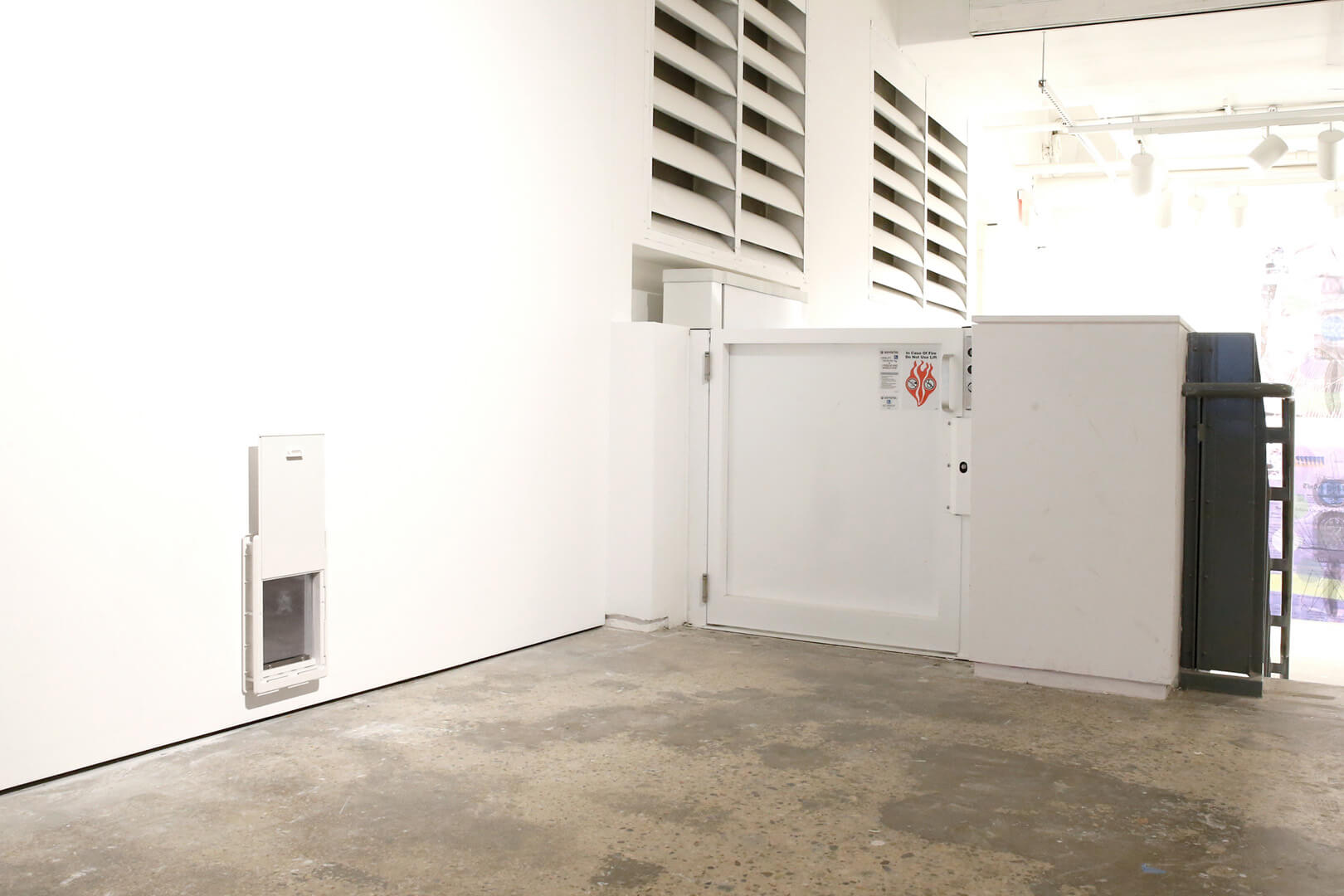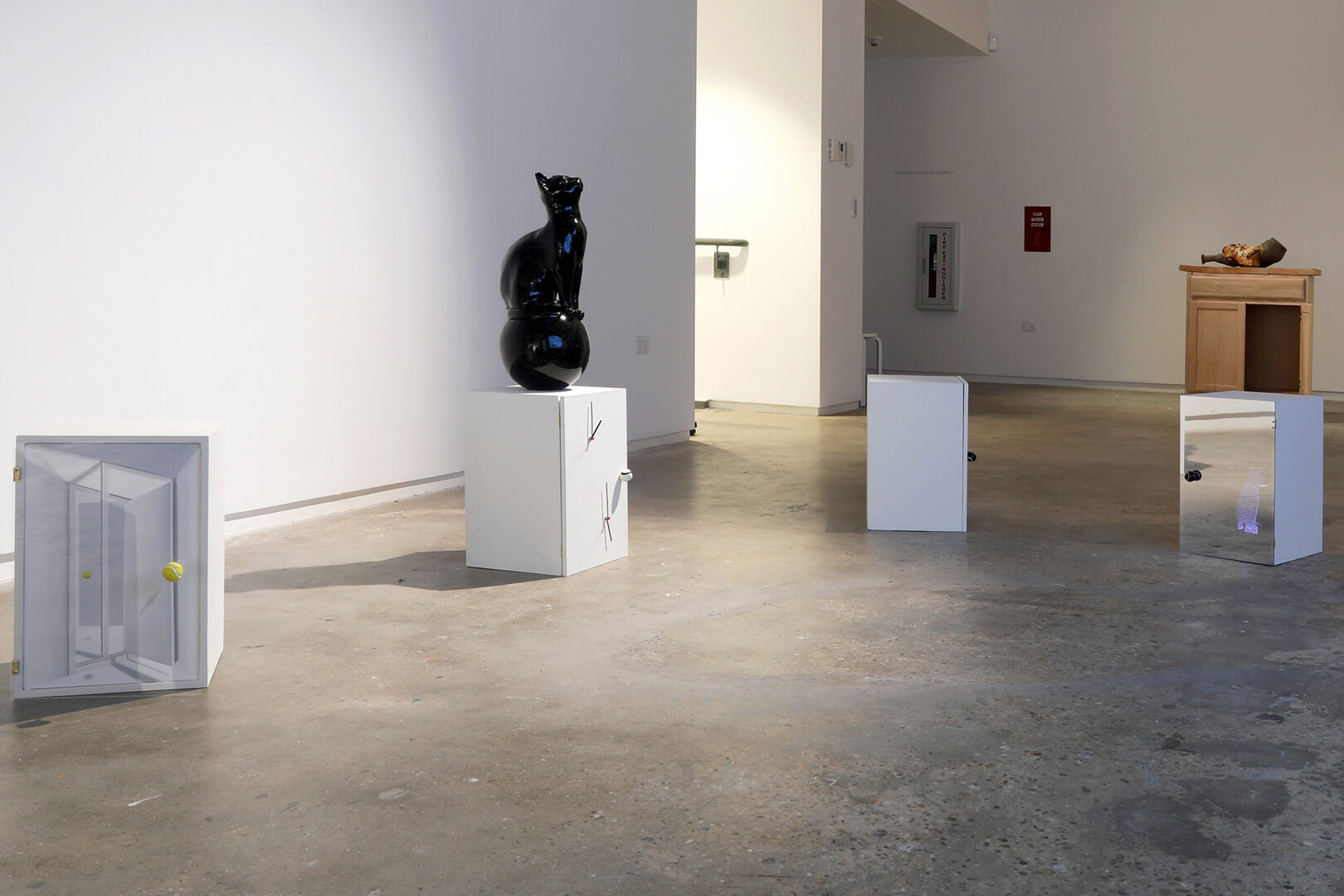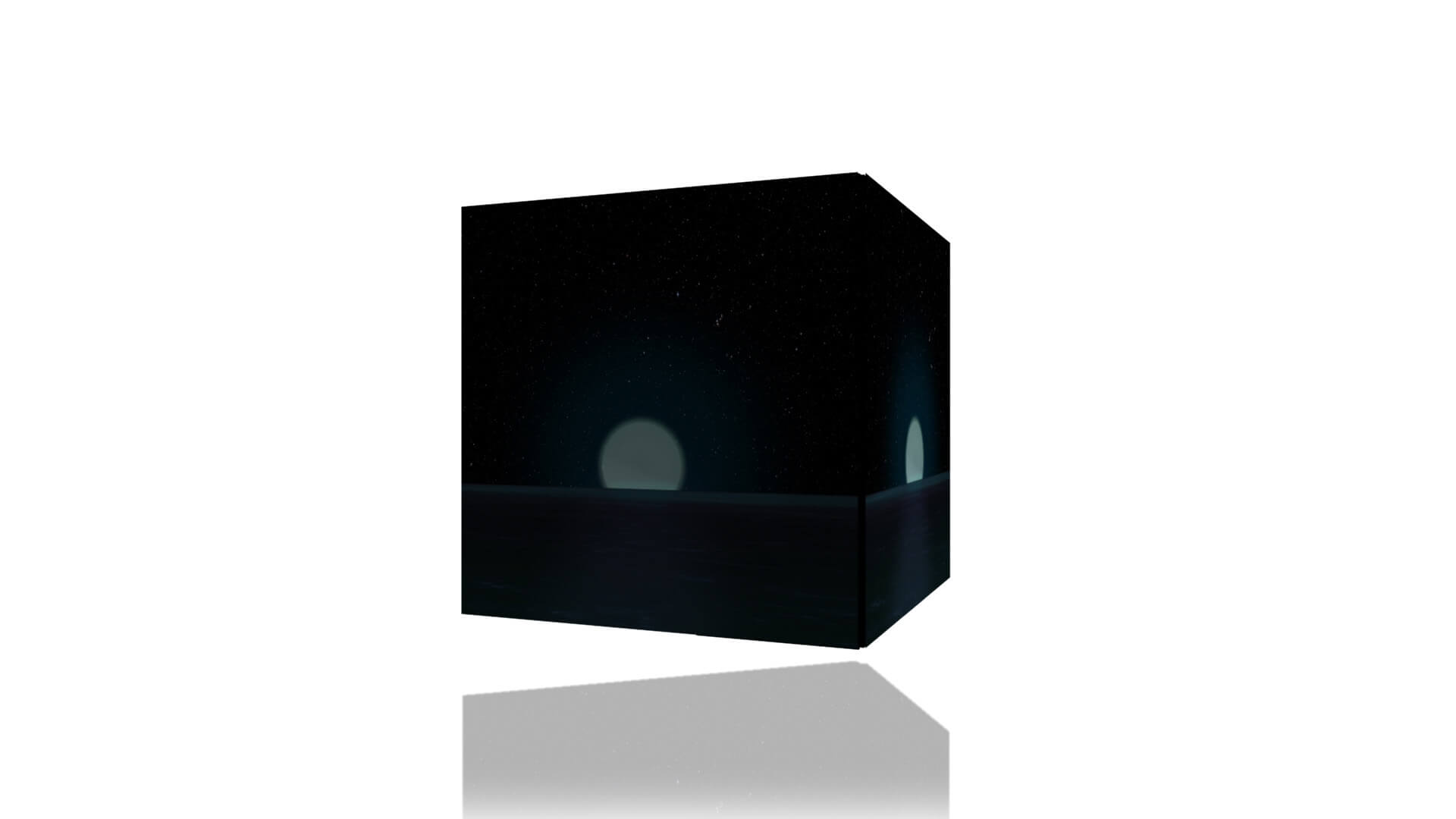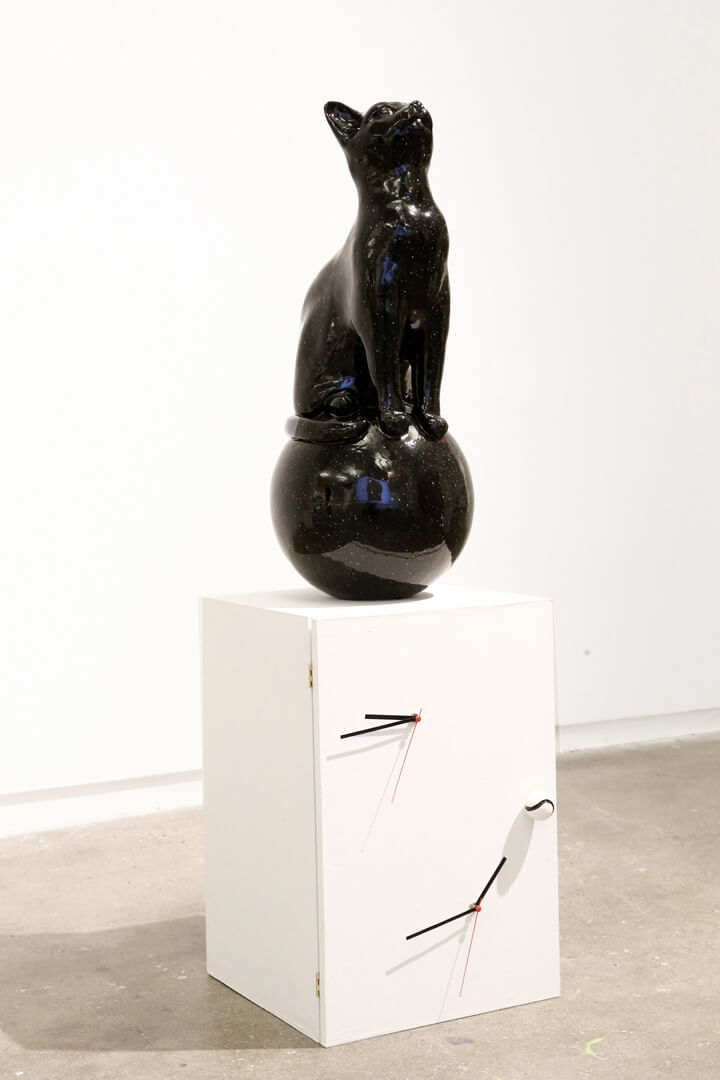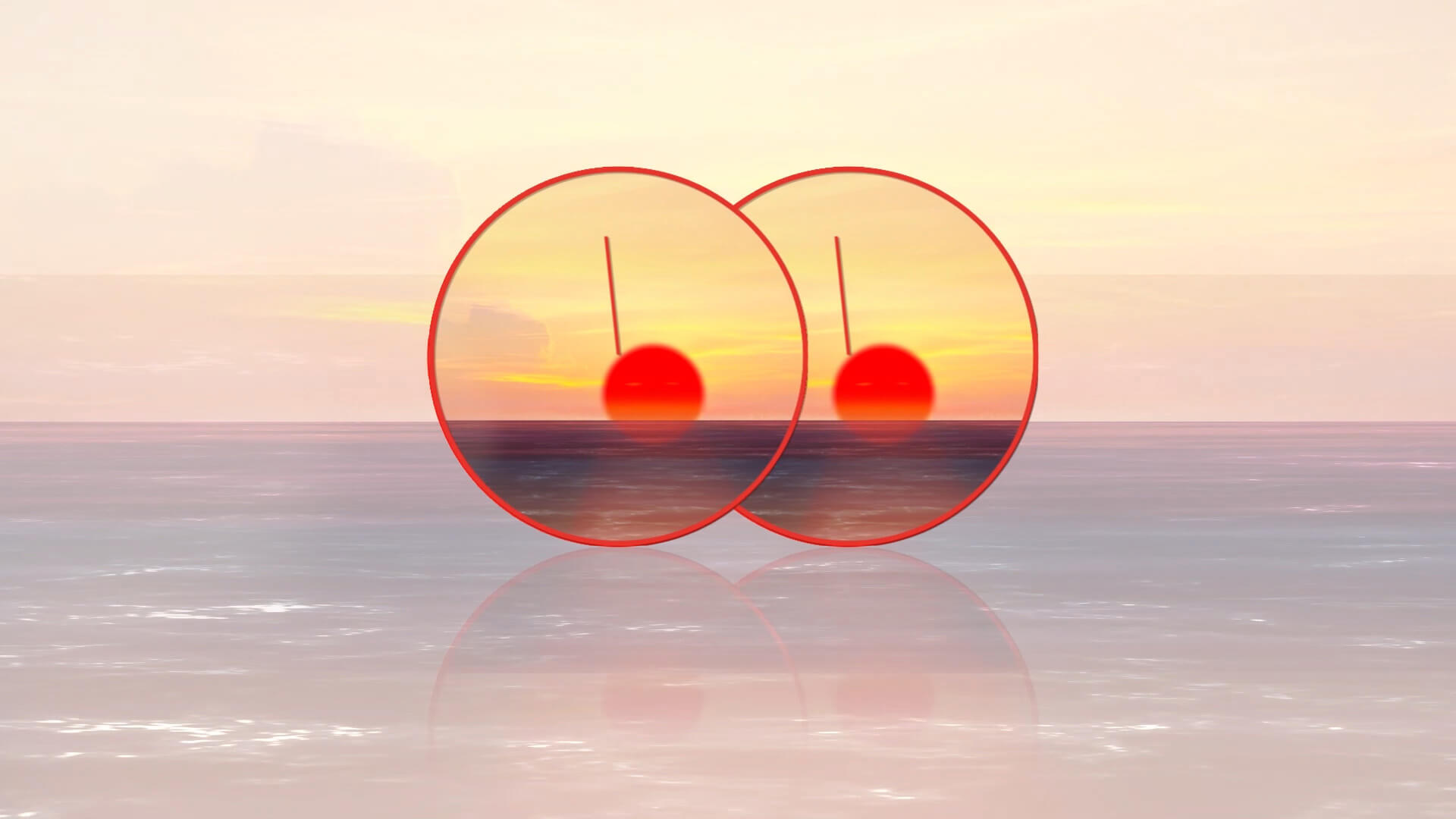
Johanna Strobel
Johanna Strobel
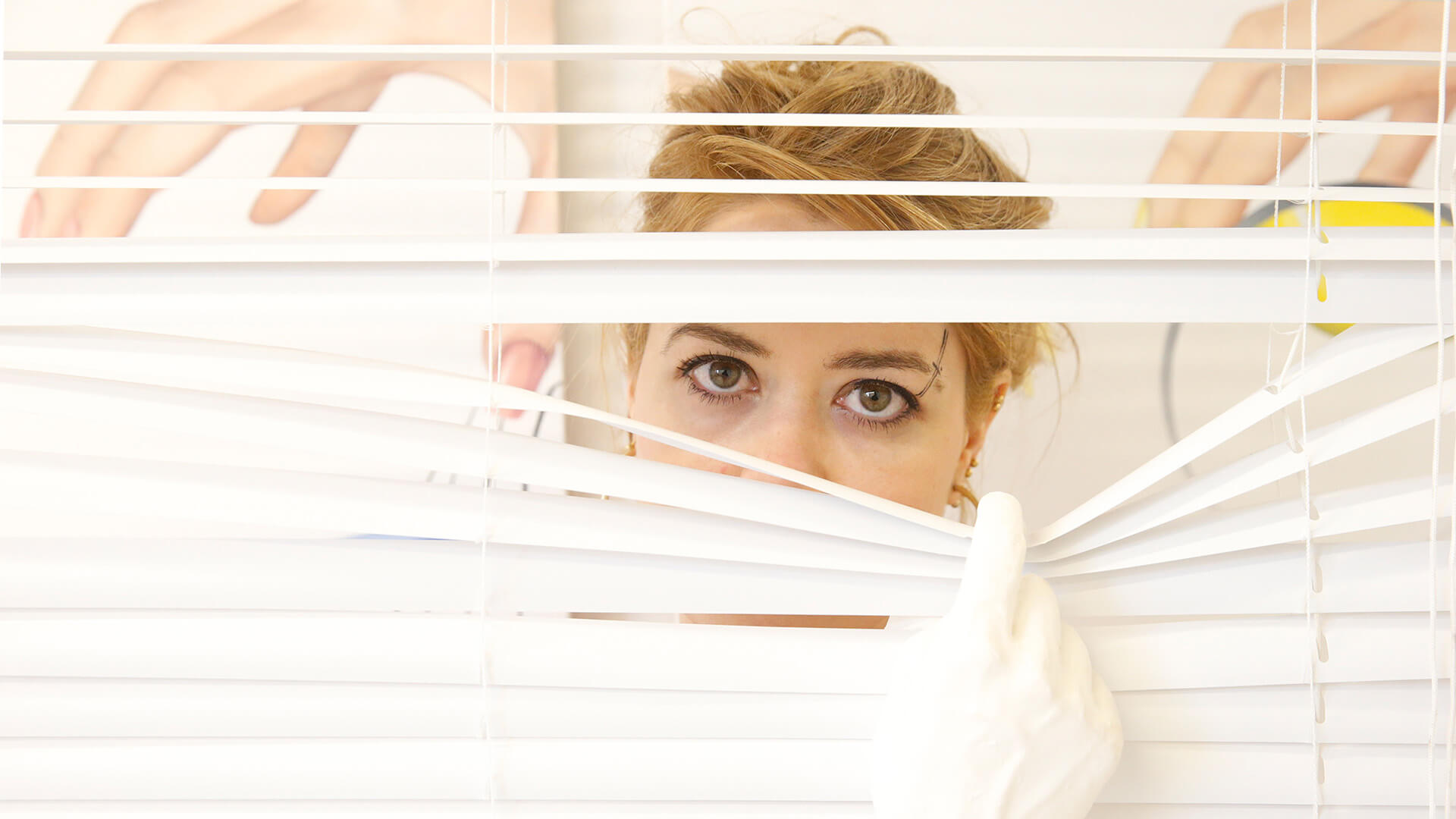
Johanna Strobel
Johanna Strobel is an interdisciplinary artist living and working in Munich and New York City. Based on free flowing and rhizomatic research and speculation and informed by her background in Information Science and Mathematics, Johanna’s work explores unwieldy concepts like language, perception of time and space, as well as the possibilities of creation, attribution or suspension of meaning, the construction of subjectivity and objecthood, and their everyday perception and precipitation in mundane life.
Time is
2020 Mixed media video installation 8:41 min Dimensions variable
‘I wanted to create a time based work that made you experience the passing of time as time itself cannot directly be perceived.’
—Johanna Strobel
Time is video, 2020, 8:41 min, video component of 8:41 min, 2020, Mixed media video installation
Johanna processes her ideas logically through methods like repetition, recursion and modularity, and associatively through humor and personal memories. Working in a variety of media including video, installation, painting and sculpture, one starting point can lead to multiple outcomes and works in different forms, which share ideas, aesthetics, or pictorial elements.
Space is video, 2020, 16:9, Full HD, 8:41 min, video component of Space is, 2020, Mixed media video installation
Space is
2020 Mixed media video installation 8:41 min Dimensions variable
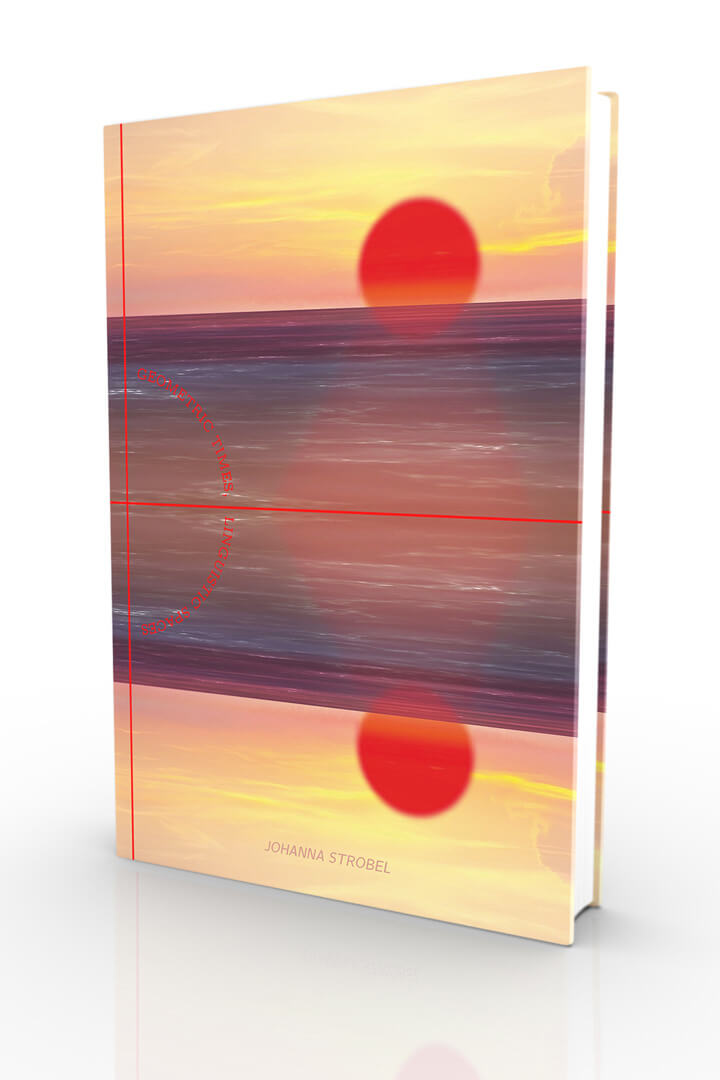
GEOMETRIC TIMES, LINGUISTIC SPACES
September 2020 140 pages 14.73 x 21.08 cm / 5 4/5 x 8 3/10 in Edition of 521 Hammann von Mier Verlag, Munich, Germany
Johanna Strobel in conversation with Joachim Pissarro
Joachim Pissarro: I’d like to refer to a 17th century German philosopher called Leibnitz. In a work called Theodizee, which means in Latin “the judgment of God.” It’s a perception of the world from God’s point of view. He’s trying to imagine what it is to be or to elevate one’s mind to God’s mind. He says the thing about God, is that he manages to create perfection by producing the most out of the least. And he uses the metaphor of God as an architect. And I think you could apply this to your work. Out of the least, out of this next to nothing, is this little line just moving around, you create something that resonates with cosmology, the creation of the world, literally a sunset over an ocean. It’s absolutely fascinating.
Johanna Strobel: I wanted to create a time based work that made you experience the passing of time as time itself cannot directly be perceived. The sunrise/sunset clock is an image from my childhood. It hung over our kitchen table and I remember being constantly confused by its ambiguity. It was killing me that there is no way to know whether the clock displays a sunset or sunrise. It’s just a moment of transition that never actually happened because it is static, it’s a print. While time progresses and the clock hands move, the transitory moment is on pause.
Joachim Pissarro: In the history of painting, of East and West, by the way, you find it. I mean, it's just one of the kind of wide side universal reference. It's so universal that it's often pretty badly thought of by art historians as being overly sweet, if not downright kitsch. And, you know, all the kind of things that have accreted about the history of Western painting since the 19th century, basically.
I'm assuming that you're playing with this kind of thing, or am I wrong?
Johanna Strobel: Yes, yes of course. I think there’s a lot of potential to kitsch objects because this aesthetics is easily accessible to a broad audience. To me kitsch objects are also kind of failed commodities, because they are the attempt to possess the experience of intensity and immediacy through an object, and that, obviously can never be achieved. Kitsch objects are so overloaded with meaning that they actually lose every meaning at all. They kind of become floating or empty signifiers. So they are containers that can be again filled with any meaning.
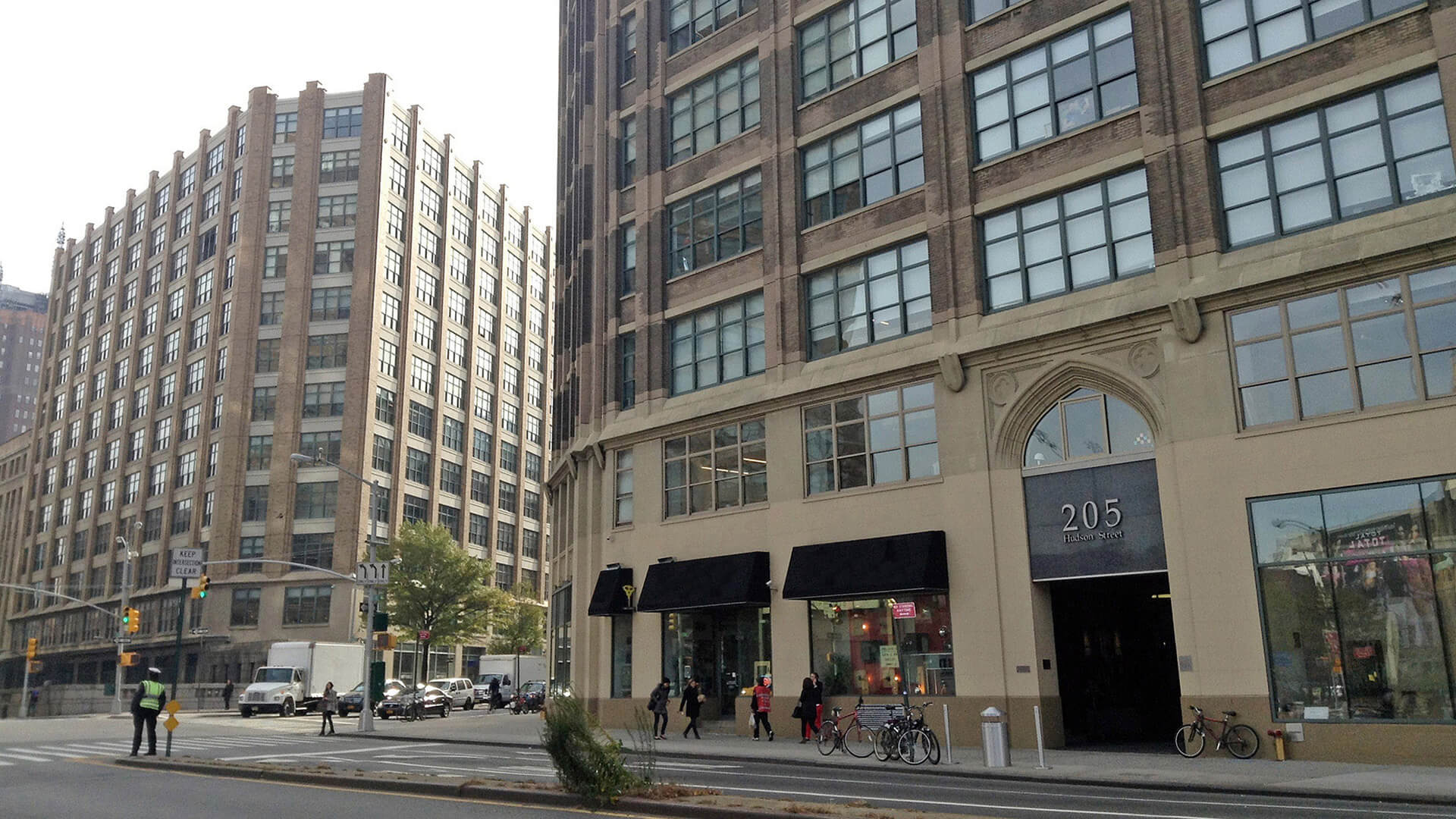
Hunter MFA
The annual Spring 2020 Thesis Exhibition for graduates of the Hunter College MFA Studio Art program represents works by 19 artist graduates of this nationally noted program. Originally planned as a series of physical presentations at Hunter’s 205 Hudson Street campus in Tribeca, but canceled due to the COVID-19 pandemic, the MFA Thesis Exhibition’s digital iteration aims to provide a new, expanded platform for young artists entering the field.
